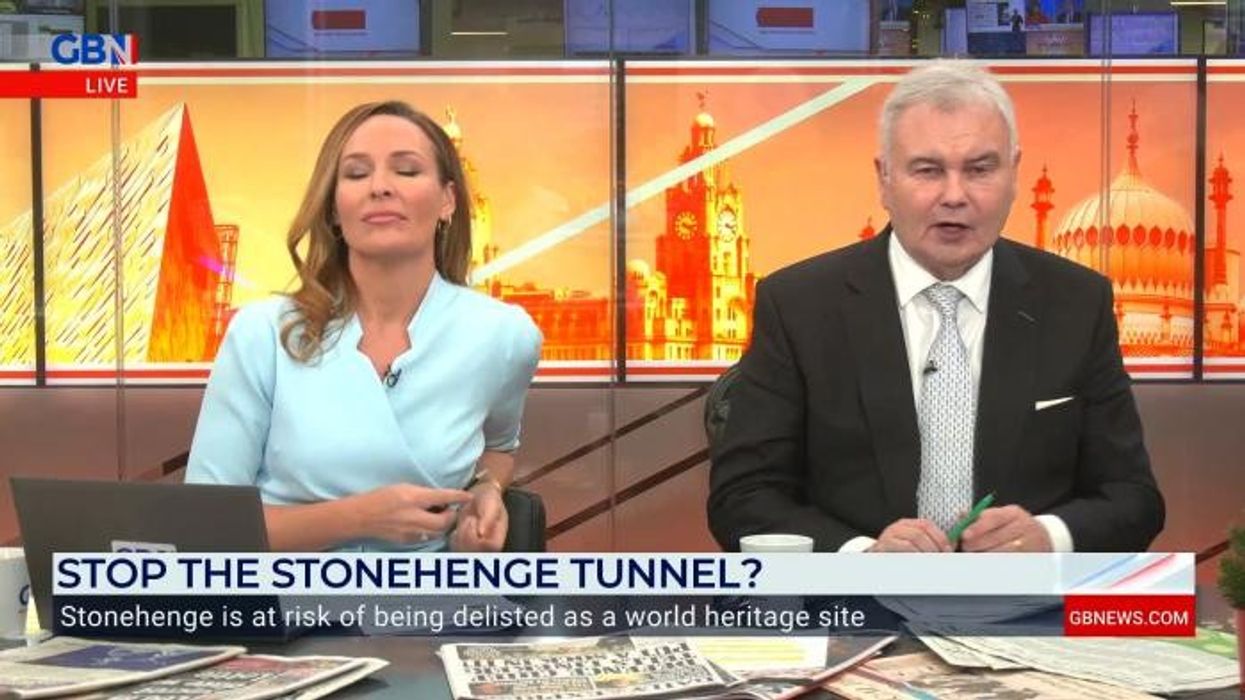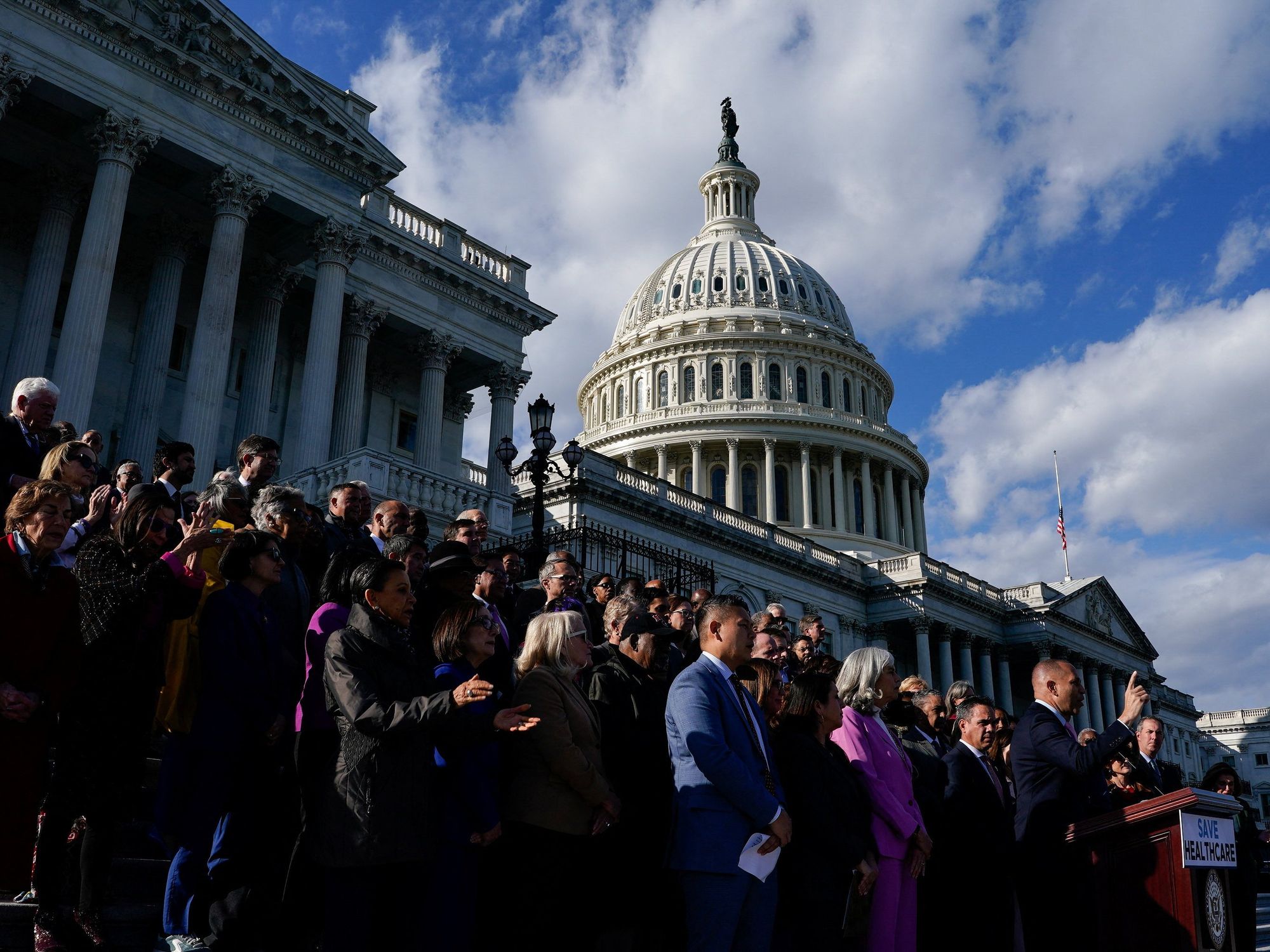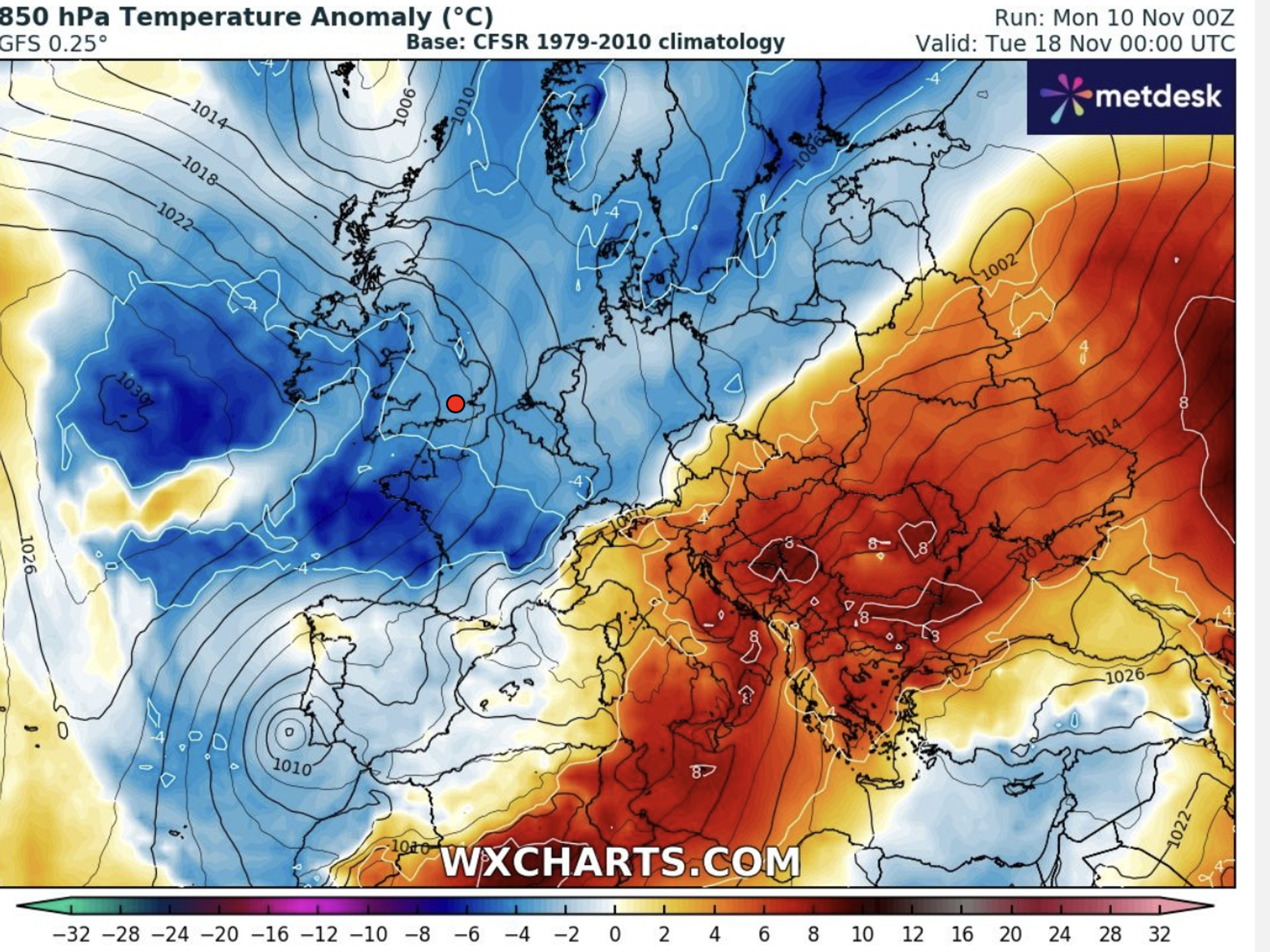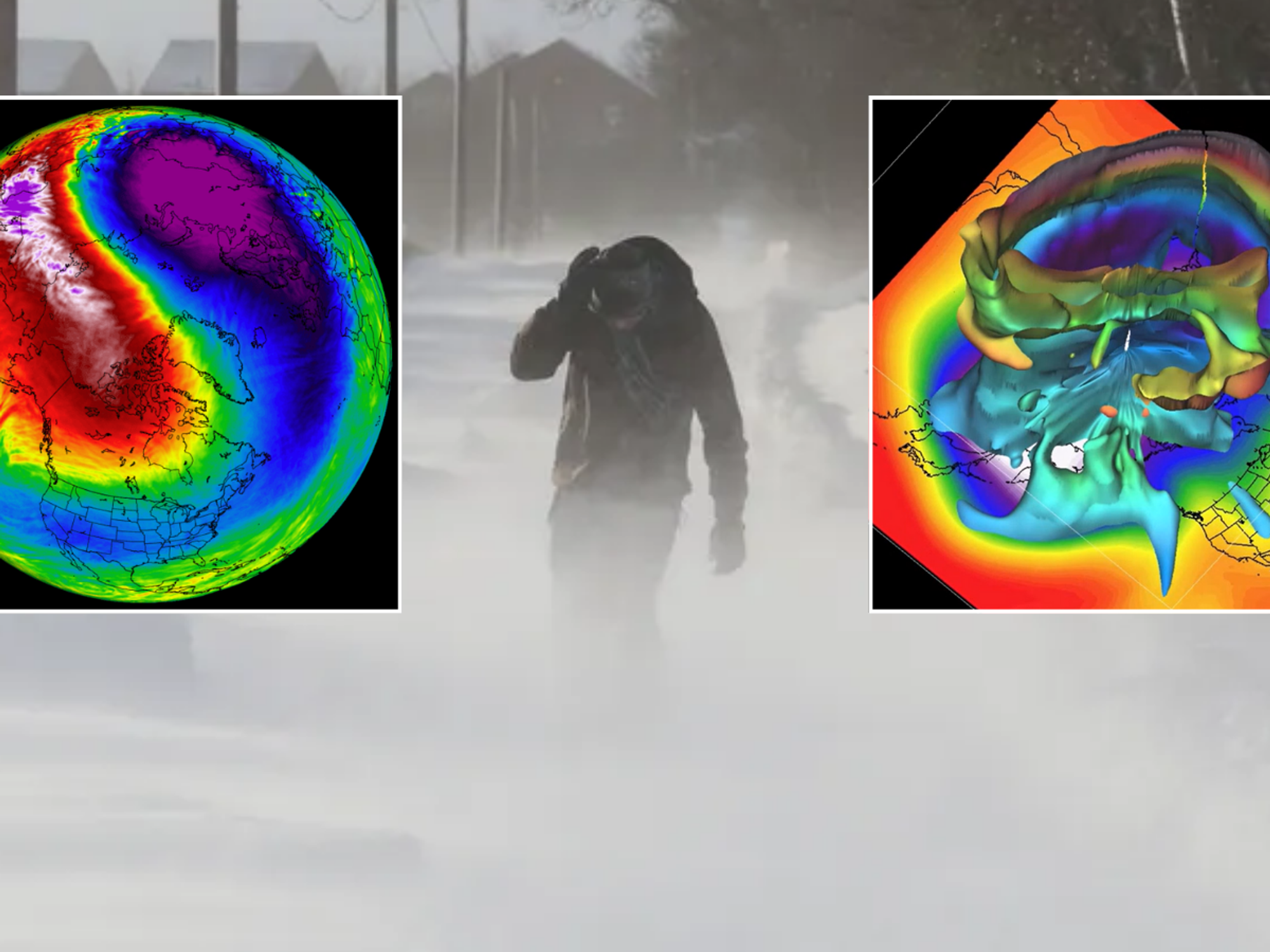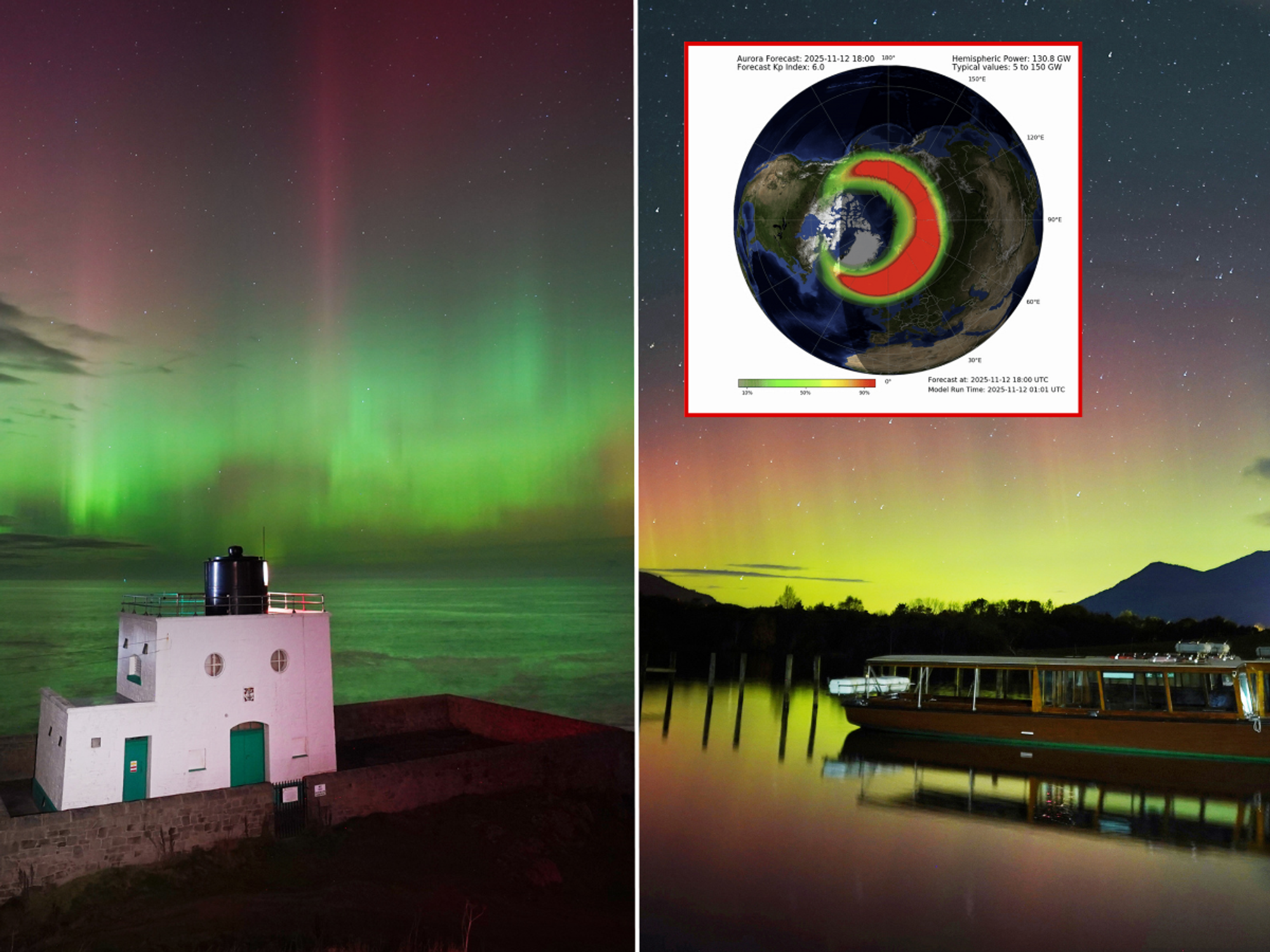Archaeology breakthrough as student discovers huge Mayan city in Mexican jungle by accident

Researchers believe that the sprawling city dates between 250 to 900AD and had a population of 30,000 to 50,000 people at its peak
Don't Miss
Most Read
A student has discovered a huge Mayan city centuries after it disappeared in a Mexican jungle by accident.
Luke Auld-Thomas, a PhD student at Tulane university in the US, was analysing publicly available data when he found the buried world, which has since been named “Valeriana”.
The hidden city was uncovered using Lidar, a remote sensing method that is used to examine the surface of the earth. Archaeologists use the technology to try and identify previously unrecorded sites.
As these surveys are normally quite expensive to conduct, researchers need to prioritise areas where Mayan settlements are already known to exist.
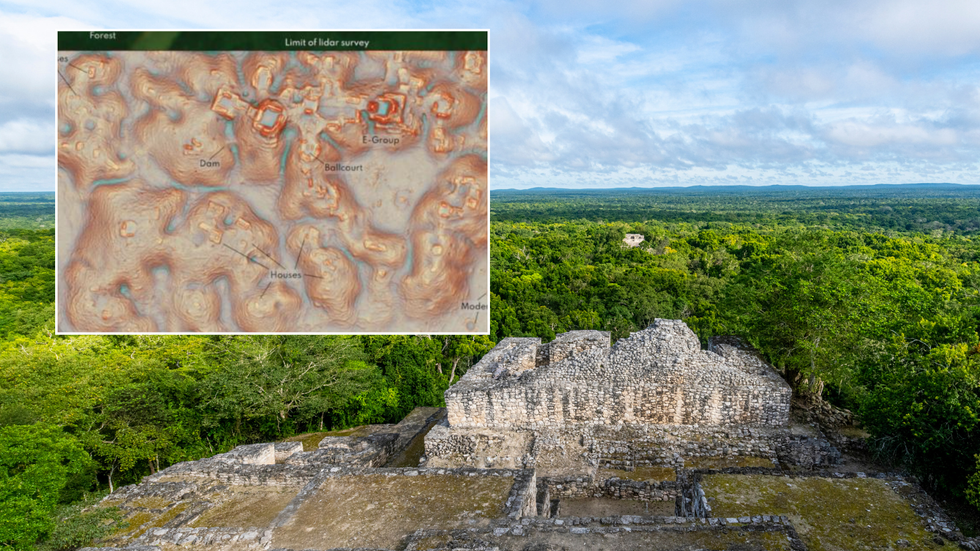
Lidar mapping of the site, which had structures similar to those found in nearby Calakmul (pictured)
|Auld-Thomas et al, Antiquity
However, Auld-Thomas and his team realised they could use data from a 2013 Lidar survey initially commissioned for monitoring carbon levels in Mexican forests.
“I was on something like page 16 of Google search and found a laser survey done by a Mexican organisation for environmental monitoring,” Auld-Thomas told the BBC.
Processing the data which he found on the internet, the student found what others had missed - a huge ancient city filled with over 6,700 structures, including pyramids, sports fields, and amphitheatres.
It is believed that the sprawling city dates between 250 to 900AD and had a population of 30,000 to 50,000 people at its peak.
MORE LIKE THIS:
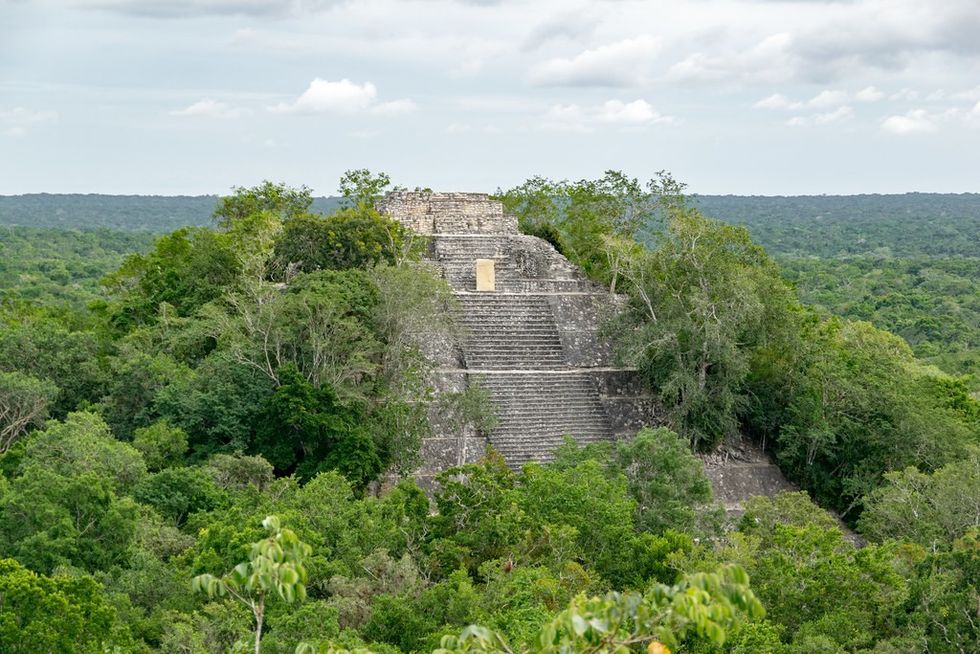
The city has the “all the hallmarks of a Classic Maya political capital”, second in size in terms of density of buildings to the Calakmul site, which was around 100km away
|Flickr
“Our analysis not only revealed a picture of a region that was dense with settlements, but it also revealed a lot of variability,” Auld-Thomas states.
“We didn't just find rural areas and smaller settlements. We also found a large city with pyramids right next to the area's only highway, near a town where people have been actively farming among the ruins for years.
“The government never knew about it, the scientific community never knew about it. That really puts an exclamation point behind the statement that, no, we have not found everything, and yes, there’s a lot more to be discovered.”
Auld-Thomas, along with researchers at Tulane University, Mexico's Instituto Nacional de Antropología e Historia, and the University of Houston's National Center for Airborne Laser Mapping used lidar data to explore 50 square miles of Campeche.
This data had never been touched by archaeologists before.
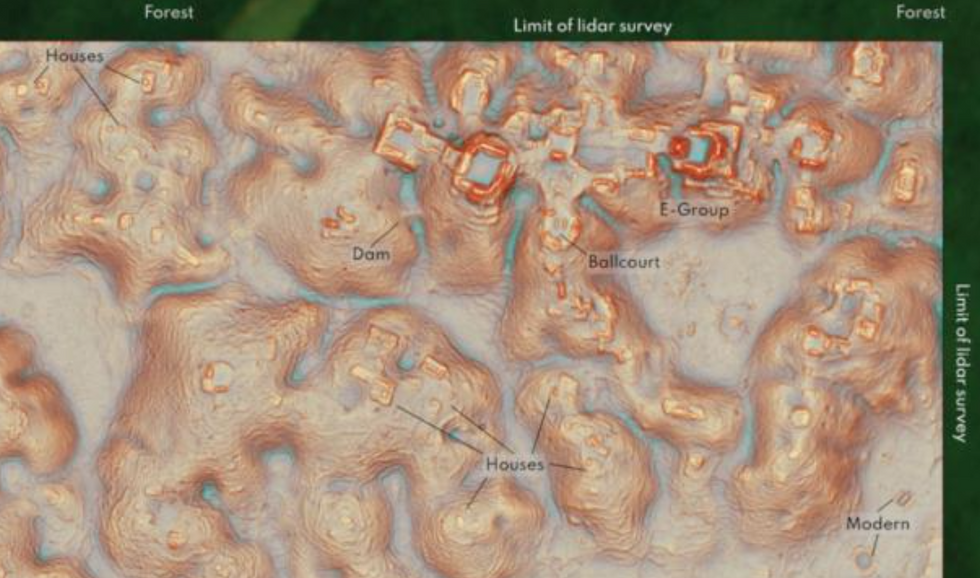
The student found a huge ancient city filled with over 6,700 structures, including pyramids, sports fields, and amphitheatres
|Auld-Thomas et al, Antiquity
This data had never been touched by archaeologists before.
The city has the “all the hallmarks of a Classic Maya political capital”, second in size in terms of density of buildings to the Calakmul site, which was around 100km away.
Archaeologists of the past were often limited to samples of just a couple of hundred square metres.
“That sample was hard won by archaeologists who painstakingly walked over every square metre, hacking away at the vegetation with machetes, to see if they were standing on a pile of rocks that might have been someone’s home 1,500 years ago,” Auld-Thomas explained.


